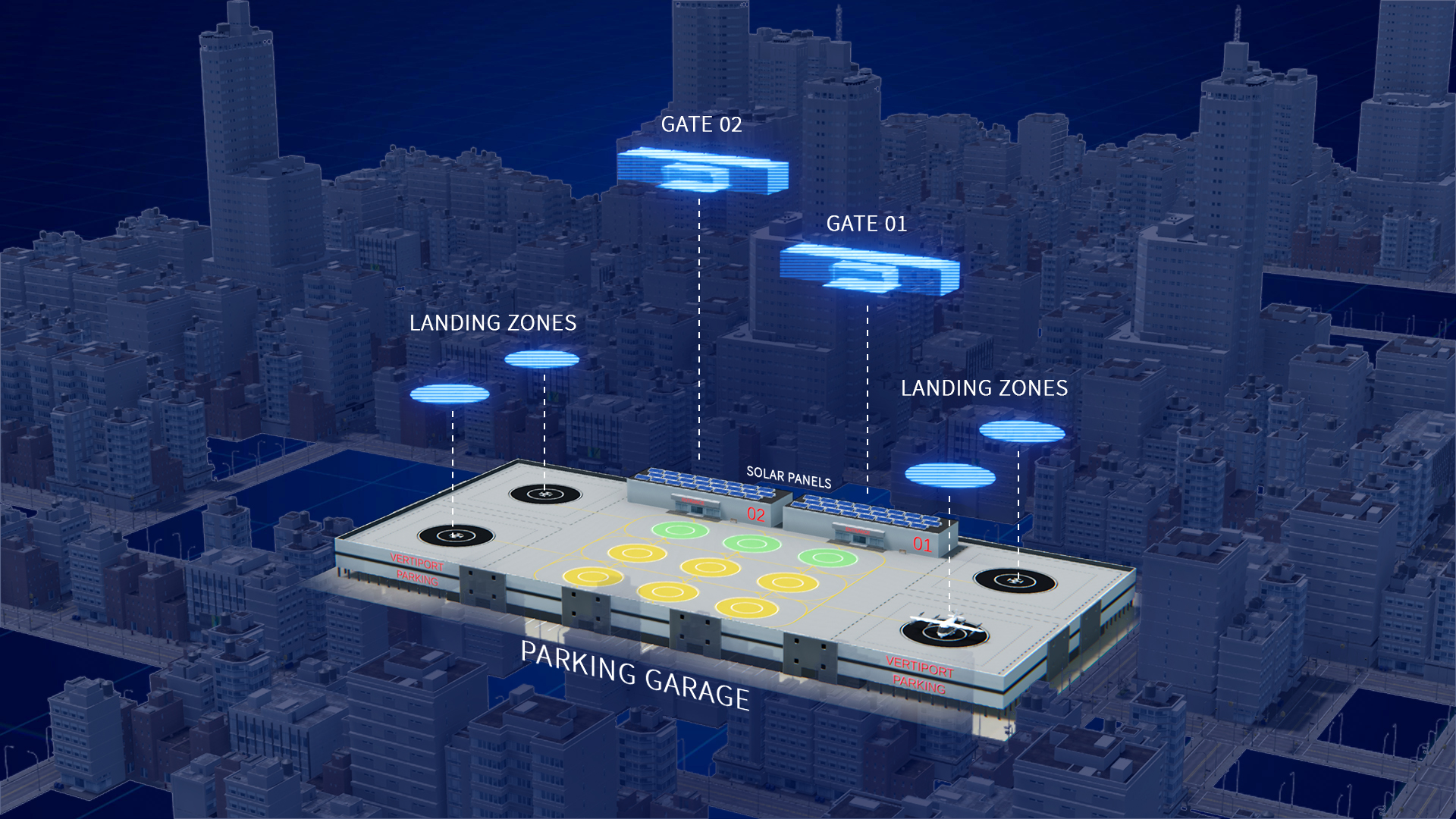
Read this feature in Spanish here.
Small drones delivering packages, air taxis carrying passengers, or air ambulance providing lifesaving transportation – these are just some of the concepts NASA’s Advanced Air Mobility (AAM) mission is helping get into our skies. For these aircraft to safely operate, cities, suburbs, and rural areas will need new or enhanced infrastructure.
Imagine a network of routes where new aircraft would fly lower than traditional aircraft. NASA researchers are currently considering the network infrastructure required to enable these aircraft to digitally communicate, as well as the surfaces they would need to take off and land.
Any time new transportation is introduced, communities have to plan how they will work with existing infrastructure and evolve with new adaptations. NASA’s Advanced Air Mobility mission is researching how adding new aviation capabilities into our everyday lives will affect communities. This includes physical areas of focus – including adding vertiports to existing airports and creating charging stations for mostly electric aircraft – and digital areas of focus, such as how aircraft will communicate with one another and with air traffic control.
NASA’s Advanced Air Mobility National Campaign is already conducting testing using helicopters to assess how new AAM aircraft will move in and out of locations. The next phase of this research involves working with partners who have electric vertical take-off and landing aircraft (eVTOLs) capable of interacting with prototype vertiports.
The AAM mission includes multiple projects with different focus areas that will help make these visions into reality. This includes work on automation, noise, vertiport and vehicle design, as well as airspace integration to keep everyone safe while flying. Government agencies, industry, and the public, will need to combine their efforts to build new highways in the sky.
NASA’s vision is to map out a safe, accessible, and affordable new air transportation system alongside industry and community partners and the Federal Aviation Administration. These new capabilities would allow passengers and cargo to travel on-demand in innovative, automated aircraft across town, between neighboring cities, or to other locations typically accessed today by car.

































